
Radziszów
Elaboration author
Artur Karpacz
Monuments
Parishes

St. Lawrence

Right side altar of St. Catherine

St. Kinga of Poland (?)

St. Catherine of Alexandria
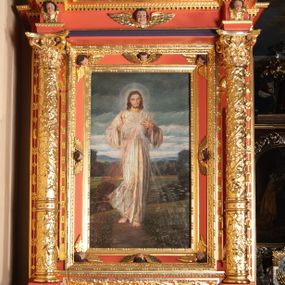
Left side altar
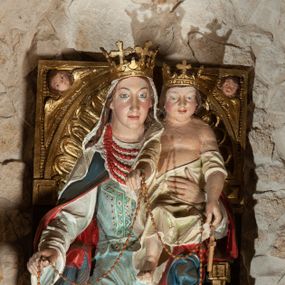
Our Lady of the Rosary

St. Adalbert
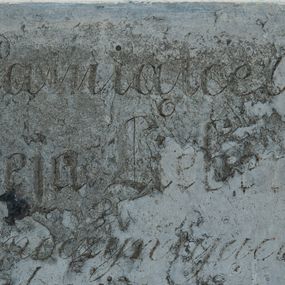
Epitaph plaque of Maciej Liebensfelo
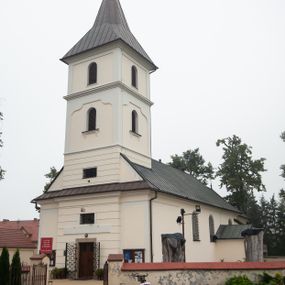
Church of St. Lawrence
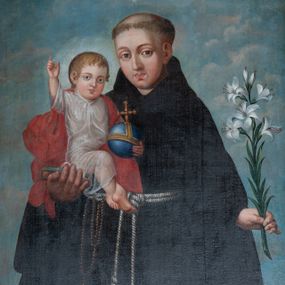
St. Anthony of Padua

Stations of the Cross

St. Virgin and Child with Saint Anne
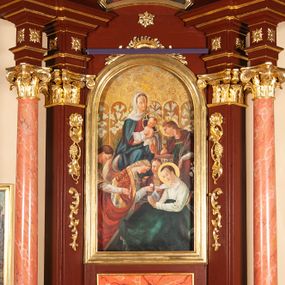
Side altar of the Virgin Mary
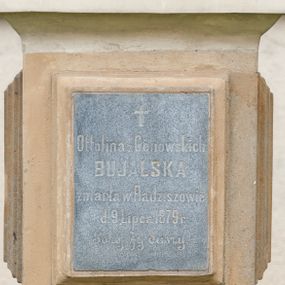
Tombstone of Ottolina Bujalska
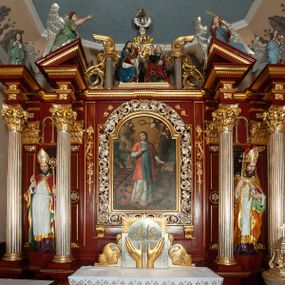
High altar
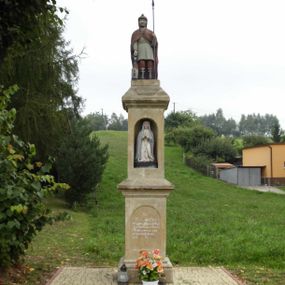
Shrine
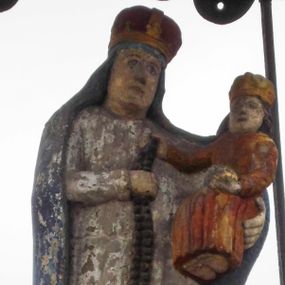
Shrine with the statue of Our Lady of the Rosary
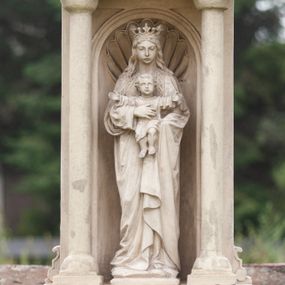
Shrine with the statue of Our Lady and the Child

st. Hyacinth of Poland
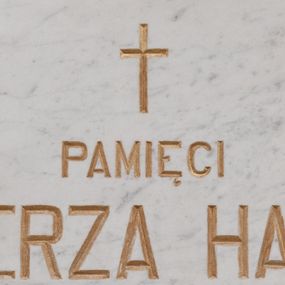
Epitaph plaque of Kaziemirz Haller
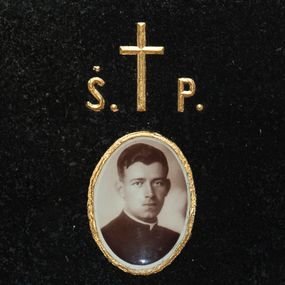
Epitaph plaque of father Franciszek Paciorek

St. Joseph

Jesus I trust in you
History abstract
The history of Radziszów is connected with the Benedictine Abbey in Tyniec, since from the beginning of the 12th century to the Partitions of Poland, the village was part of the monastery property. After the conflict between dukes Władysław Opolski and Bolesław V the Chaste in 1274, Radziszów found itself at the border between Silesia and Lesser Poland. The village returned to the Polish Crown only after the tribute of the dukes of Oświęcim in the mid-15th century. In the "Liber beneficiorum dioecesis Cracoviensis" Jan Długosz included information about two manors operating in Radziszów, and the area of the village was 11 kmiecy lans (about 220 ha), which at the beginning of the 17th century increased to 15 plots. The plague from 1651-1652, the Swedish Deluge and the invasion of the Duke of Transylvania, George Rákóczi, caused serious damage to the region. In 1770, battles between the Bar Confederates and the Russian army were taking place in the vicinity of the village. The occupation of the southern part of the Cracow voivodship by the Austrian Empire, as a result of the decisions concerning the First Partition of Poland, led to the dissolution of the Tyniec Convent. The former monastery estate near Radziszów was turned into the demesne successively acquired by the Dzieduszycki, Pawlikowski, Mieroszewski families. At the end of the 19th century, the village had over 1.5 thousand inhabitants. Despite the attempts to modernise agriculture and improve the living conditions among the poorest social strata in the Kingdom of Galicia and Lodomeria, lots of peasants decided to emigrate to western Europe and even overseas to the United States of America because of the significant overcrowding. World War I in Radziszów ended with epidemics and a huge fire which gutted a large part of the buildings. The Second Polish Republic was the time of establishing numerous economic institutions. The Nazi occupation left its mark on the local population because of severe repressions in the form of obligatory food quotas and deportations to Germany for forced labour. Partisan units of the Polish Peasants' Battalions and the Home Army were established then. In the period of the Polish People's Republic, the village was gradually modernised and various organisations were established, including music and dance groups and agricultural groups. After 1989, the former manor house of the Dzieduszycki family was renovated and opened to the public.
Historic maps
How to cite?
Artur Karpacz, "Radziszów ", [in:] "The Sacred Lesser Poland Heritage", 2026, source: https://sdm.upjp2.edu.pl/en/places/radziszow-1